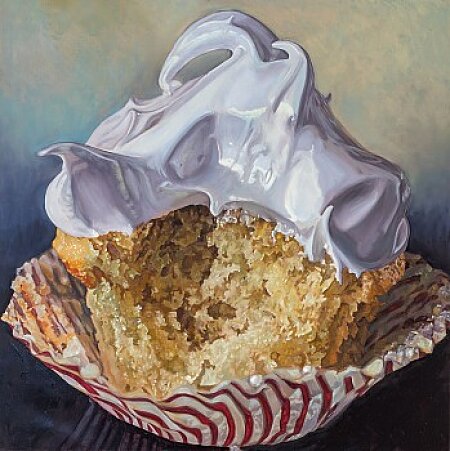
The Moth's Plight
As the train rolled, I wondered if the scenery had changed since the war. Frankly, given the impact of communism on Poland, I could only surmise that little was different. A nondescript landscape—ramshackle farms, factories, small houses, and towns. Were these the same last sights of “normal” life that the Jews would have glimpsed before their imprisonment and murder?
Riding to Auschwitz, I could barely imagine what had happened in those freight cars—the terror, fear, dread, and weariness of the doomed. As my train got closer to Oswiecim, my fears and anxiety became palpable. What would I find when I got there? How would my emotions hold up? The train eventually arrived at the town’s train depot, and I made my way to the Polish museum that now houses the former concentration camp. Three kilometers away was the other famous site of the Auschwitz complex—Birkenau. This was where the trains ran directly into the extermination centers under the famous guard house. They deposited the Jews a short distance from the shower rooms, gas chambers, and crematorium. Why waste time and money? Time is money, and the quicker you killed Jews, the sooner Europe could look forward to peace and prosperity without its horrid enemy. Cattle and sheep in a holding pen make little economic sense unless brought to the slaughterhouse, where one can enjoy the profits of their killing. The same went for the Jews in Auschwitz. The only difference was that cattle and sheep are fattened up before slaughter. The Jews were starved.
The museum is a testimony to the depravity of the human spirit. Killing and dehumanization on an assembly line designed by architects and engineers, operating twenty-four hours a day. More than one million people died there, mostly Jews. Primo Levi, the Italian-Jewish author and Holocaust survivor, said of his entering Auschwitz, “This is Hell. Today, in our times, hell must be like this.” The barracks, cells, demolished crematorium, collections of hair from the dead, black wall against which prisoners were shot, luggage with victims’ names still quite visible, were beyond words.
The scope and depth of murder beggared comprehension. One of the barracks at Auschwitz was dedicated to the Jews murdered at the camp. On the way out of the barrack, there was a memorial candle and a guest book for a signature and comment. What could one possibly say that could encapsulate the horror, degradation, and overwhelming sadness of the place? I could only write “never again.” A visit to Auschwitz is a repulsive experience that not only reminds one of the fragilities of our existence at the hands of others, but, as a Jew in particular, of how fraught and tenuous even this fragility can be. It was time to leave Auschwitz.
On my return back to Warsaw and my hotel (with the concierge cheerfully asking if I had had an enjoyable trip), my mind raced back to what I had witnessed at Auschwitz and the Warsaw Ghetto site. I remembered the Holocaust survivors from my childhood days in the Catskills, their tattooed arms, their stories of loss and guilt, the forlorn woman in the little shack selling candy, soda, and notions by the side of the road. Because I was a Jew born and raised in America, the experiences of these people seemed as alien to me as some novel, yet it had happened literally months before I was born. For a few Polish zlotys, I was able to touch and feel the prison that had held them. Was this my Alcatraz experience? My flirtation with horror and despair?
I have experienced anti-Semitic incidents—comments, jokes, put downs, name calling. But entombment in ghettos, slave labor camps, and gas chambers was beyond comprehension. I walked away from Auschwitz questioning any belief in God. Where was the God that I had prayed to and learned about in Hebrew School and during the high holidays? Religion after Auschwitz was a mirage. A plea to God for help and mercy unheard. Where was the resistance and rebellion against the Germans and their allies? Where was anyone? I have yet to find or hear a satisfactory answer and no doubt never will.
The Daniel Libeskind addition to the Jewish Museum in Berlin vividly symbolizes the plight of the Jews during the Second World War. One room finds you entombed in a steel chamber, with escape impossible. On one wall is a ladder that is beyond reach. Yet windows high up mockingly let in sunlight. A stairway leading to escape ends in a brick wall. Doomed, alone, and unheard. It was the Jews’ fate.
